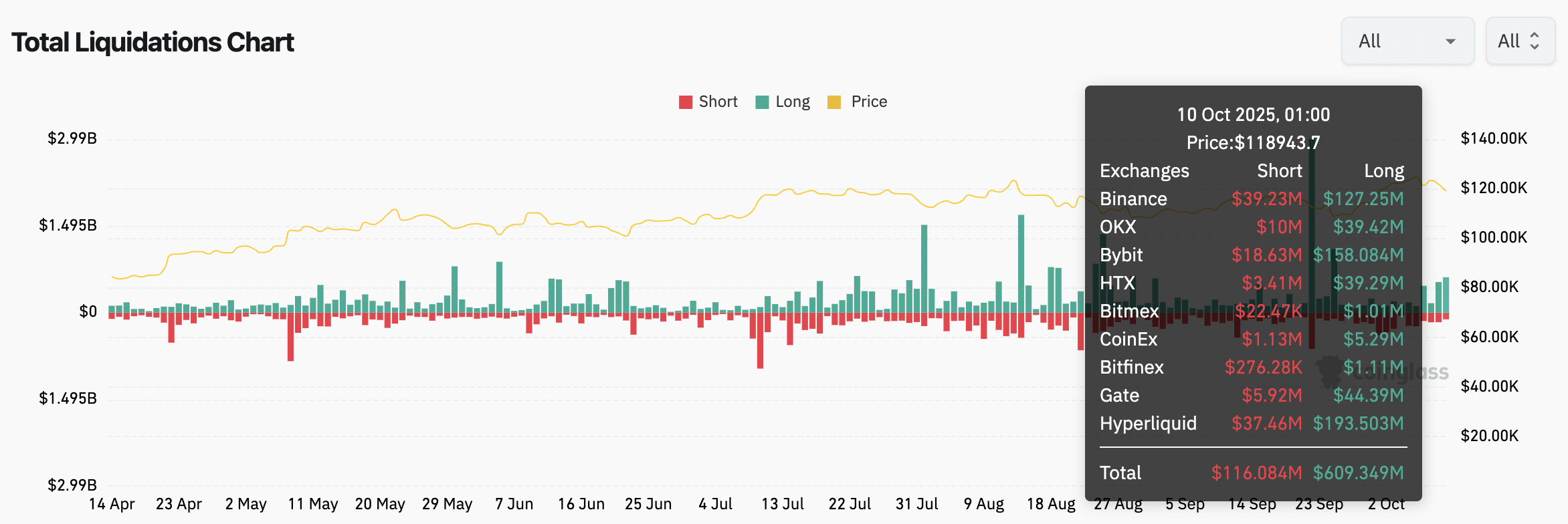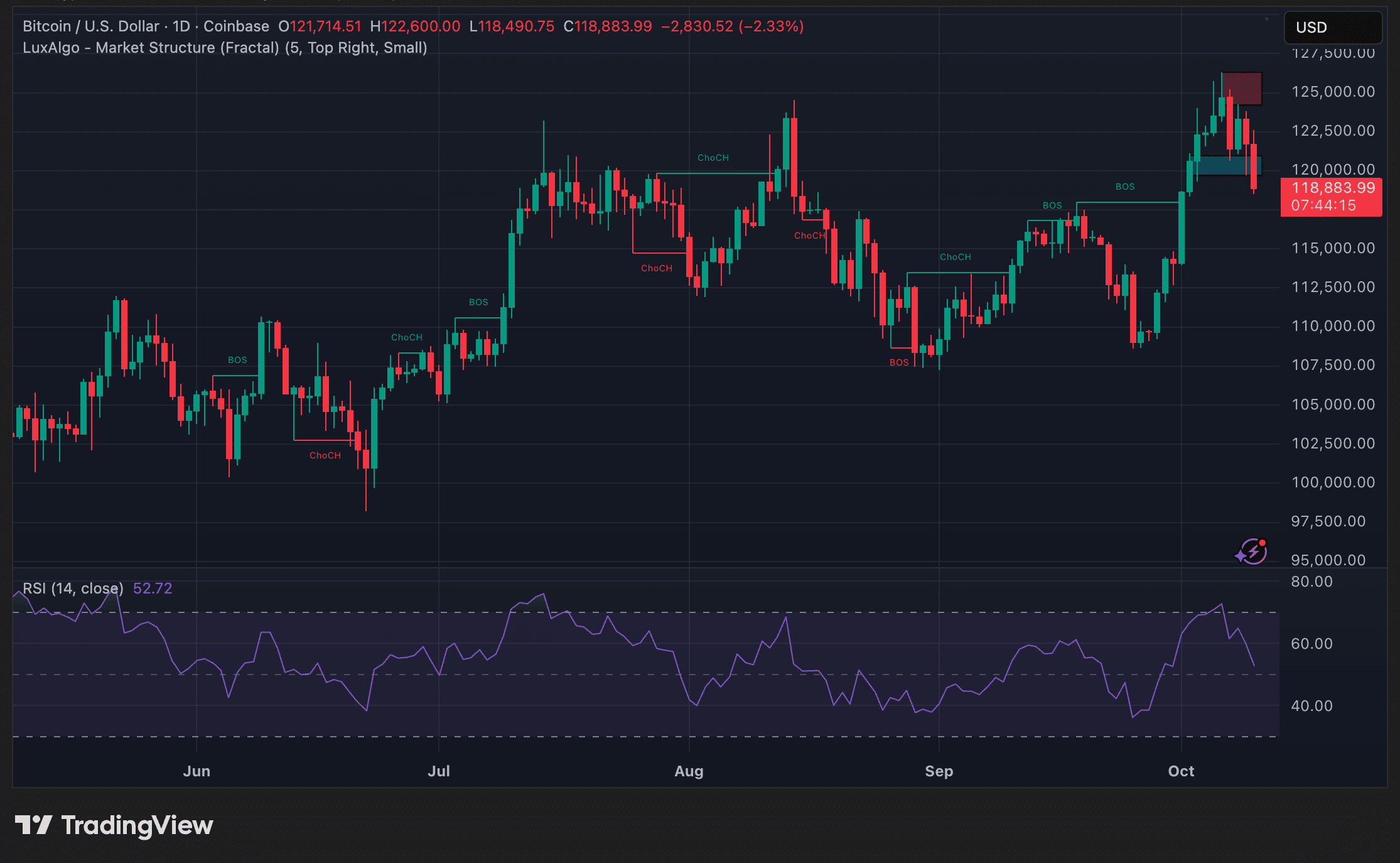The crypto market crash on 10 October 2025 was driven by renewed U.S.–China trade tensions after a post from U.S. leadership warned of new tariffs and export controls; the announcement triggered panic selling and over $700 million in crypto liquidations, with Bitcoin and Ethereum bearing the largest losses.
-
Major trigger: renewed U.S.–China trade tensions reignited risk-off flows.
-
Market impact: over $700 million in liquidations within 24 hours, long positions most affected.
-
Price action: Bitcoin fell ~3% and Ethereum ~5.8%; funding rates tightened across exchanges.
crypto market crash: Reported liquidations topped $700M after U.S.–China trade fears; read the market outlook and steps traders can take now.
What caused the sudden crypto market crash on 10 October 2025?
The crypto market crash was caused by a public post that signaled a potential escalation in U.S.–China trade policy, including threatened export controls and tariff increases. Markets reacted immediately with a flight to safety, triggering large leveraged liquidations and sharp intraday declines in Bitcoin and Ethereum.
How large were the liquidations and which assets were hit hardest?
Data reported by market-tracking services showed total crypto liquidations exceeded $700 million in 24 hours. Long positions accounted for roughly $609 million of the total. Bitcoin and Ethereum led losses, as traders cut leverage after funding rates turned defensive.
Why did Trump’s post rattle crypto markets?
The post referenced renewed export controls and the prospect of “massive tariff increases,” which historically drive risk aversion. Crypto, considered a risk asset, sold off quickly as investors sought safer instruments and deleveraged positions. The rapidty of the move exposed concentrated leverage across exchanges.
$700 million in liquidations — how did the numbers break down?
Market trackers reported over $700 million in liquidations during the 24-hour window, with approximately $609 million from long positions. Bitcoin and Ethereum accounted for the largest nominal losses as funding rates flipped and margin calls cascaded through crowded long trades. Source: Coinglass (plain text).

Source: Coinglass
Bitcoin briefly dipped below $119,000, falling nearly 3% intraday, while Ethereum declined roughly 5.8% to about $4,100. Technical indicators showed weakening momentum—Bitcoin’s RSI hovered near 52 after failing to reclaim resistance at $123,000, while Ethereum’s RSI fell to 41 amid rising selling pressure. Source: TradingView (plain text).

Source: TradingView
What should traders expect next?
With no immediate official response from Beijing, markets may remain volatile. Should China counter or the U.S. formalize tariffs, further downside is possible. Traders should monitor statements from both governments, funding-rate shifts, and liquidity conditions across exchanges.
Frequently Asked Questions
Did the post directly mention rare earths and export controls?
Yes. The post referenced potential export controls on strategic materials, which raised concerns about supply-chain disruption and inflationary pressure on sensitive industries.
How can traders protect positions during similar shocks?
Use reduced leverage, staggered stop-losses, and consider hedges such as inverse derivatives or stablecoin conversions to limit downside risk.
Key Takeaways
- Immediate trigger: A public post signaling renewed tariff and export-control risks caused risk-off flows.
- Market impact: Over $700M in liquidations—longs suffered most; Bitcoin and Ethereum led the sell-off.
- Actionable steps: Reduce leverage, monitor funding rates, set disciplined stop-losses, and follow official statements.
Conclusion
The crypto market crash on 10 October 2025 underscores how geopolitical signals can rapidly translate into large-scale liquidations. Traders and investors should prioritise risk management and monitor official policy communications as the situation develops. For ongoing coverage and analysis, follow COINOTAG updates and verified market data sources.
